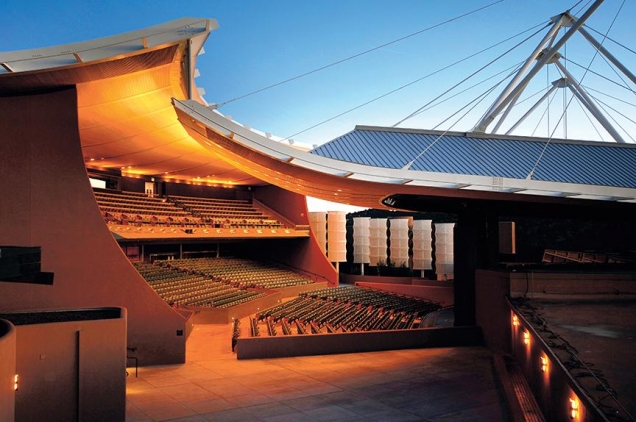
For the final opera of this year’s “pentology”, Santa Fe Opera performed Richard Strauss’ Capriccio. There has been a long history of performing the operas of Strauss at Santa Fe, since the company’s founding in 1957 by John Crosby. In fact, Capriccio received its US debut at Santa Fe in 1958, only 16 years after its world premiere in Munich in 1942. Richard Strauss’ final opera is a celebration of art, specifically poetry and music, at a time when the world was riven with war and terror. The basic premise for the opera is a debate between a poet and a composer about which of their artforms is supreme: and specifically in the operatic context, are the words more important than the music, or vice versa? The struggle is personified by the poet Olivier and the composer Flamand, each of whom is competing for the love of the opera’s central figure, the Countess Madeline.

Santa Fe’s production, shared with Garsington Opera in England, is set at the time of the opera’s composition, in the mid-twentieth century. Set designer Topbias Hoheisel has placed two modern rooms either side of a large Georgian central room, where the principal action takes place. British Director Tim Albery keeps the action on an intimate level, with strong performances by the whole cast. Amanda Majeski grew into the role of the Countess as the opera progressed. Her final soliloquy, some of the opera’s best music, was beautifully sung. In support, Ben Bliss as the composer Flamand, Joshua Hopkins as the poet Olivier, and David Govertsen as the theatre director La Roche, were a convincing ensemble, with a cameo appearance by the great American mezzo-soprano, Susan Graham, as Clairon, the actress. But the night went to the magnificent playing of the Sata Fe Opera Orchestra, led by Leo Hussain, a young British conductor who is rapidly making his name in the opera houses of Europe. From the opening string sextet to the lush finale, Strauss’ opulent score was performed in glorious technicolor.


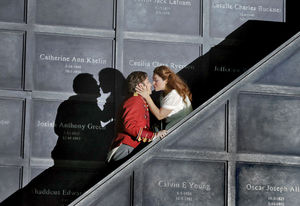



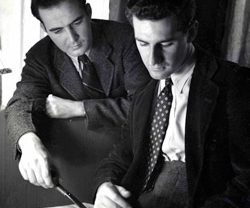


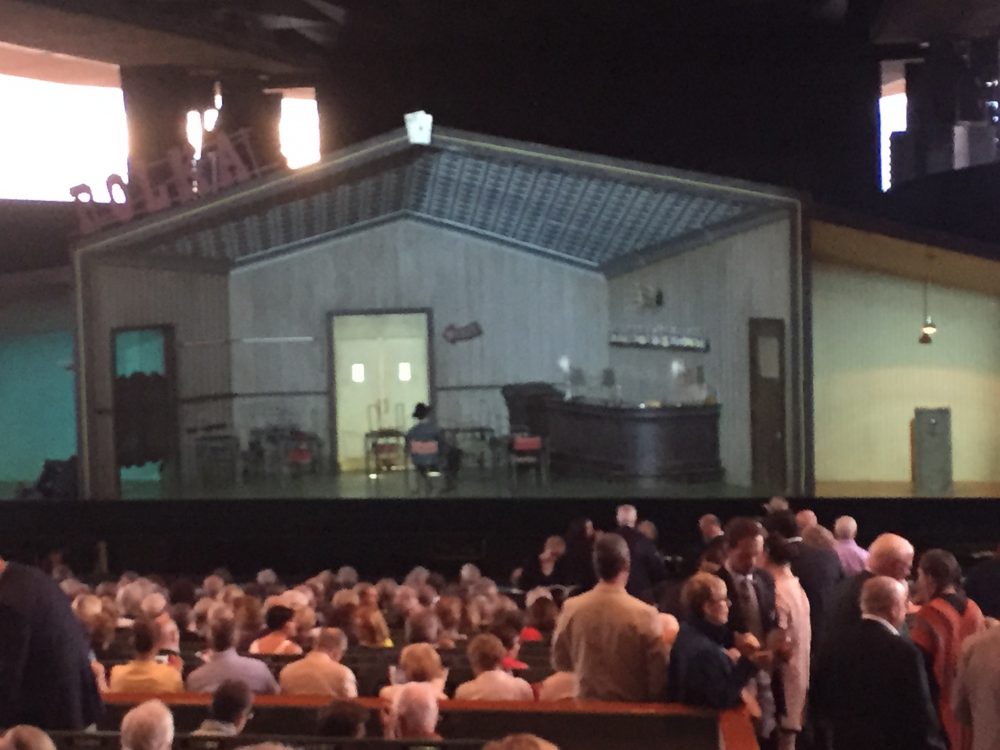









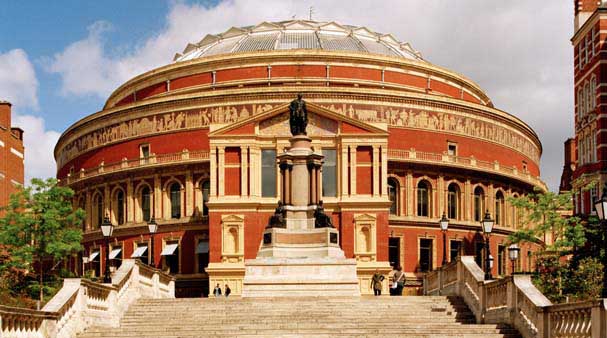

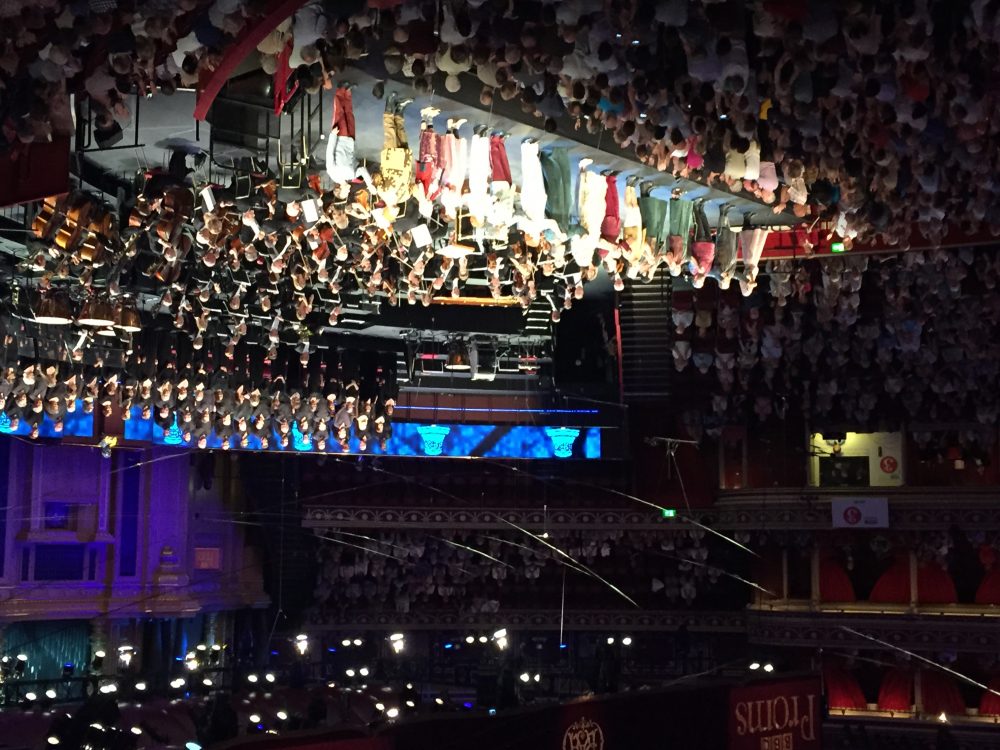

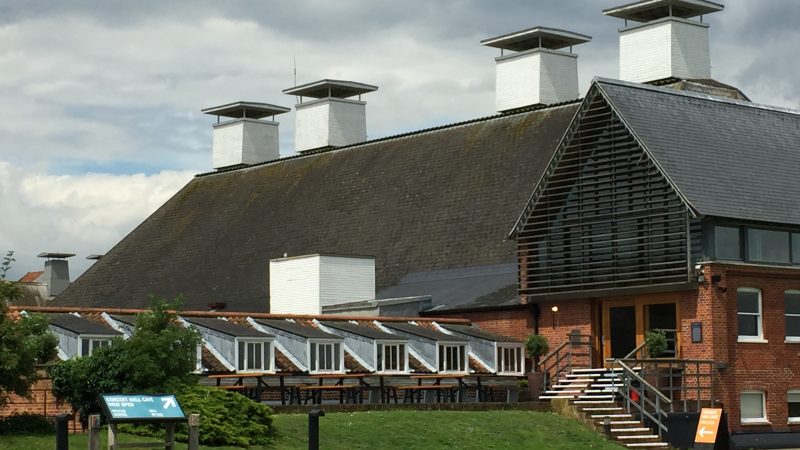
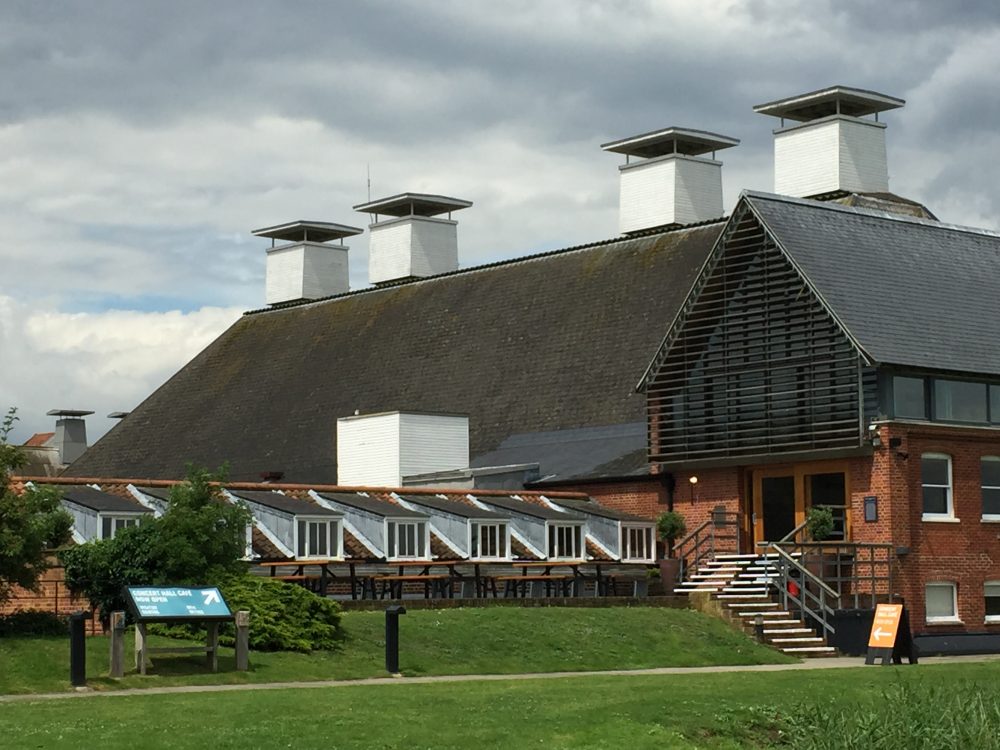


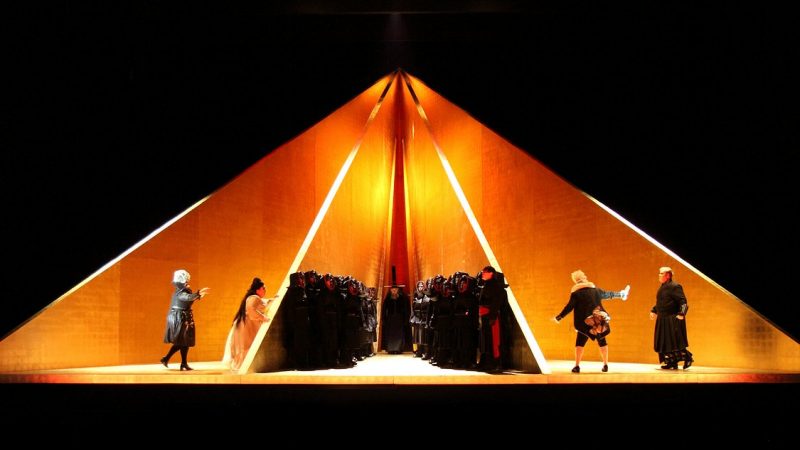
 This was a stunning, new production, with designs by the Indian sculptor, Anish Kapoor, famous for his large-scale installations. The set was strikingly dramatic, featuring large abstract structures in the center of the stage, with fabulous lighting by Paul Anderson. ENO performs everything in English, and the translation by Andrew Porter was clear and simple – the supertitles were almost superfluous. The principal roles are exceptionally demanding, and Stuart Skelton (Tristan) and Heidi Melton (Isolde) did sterling work, with the Act 2 duet a highlight. There was excellent support from Scottish Mezzo-soprano, Karen Cargill as Brangane, and Craig Colclough as Kurwenal, and the orchestra was beautifully conducted by Edward Gardner, with fine pacing and structure, which is essential for this gargantuan work.
This was a stunning, new production, with designs by the Indian sculptor, Anish Kapoor, famous for his large-scale installations. The set was strikingly dramatic, featuring large abstract structures in the center of the stage, with fabulous lighting by Paul Anderson. ENO performs everything in English, and the translation by Andrew Porter was clear and simple – the supertitles were almost superfluous. The principal roles are exceptionally demanding, and Stuart Skelton (Tristan) and Heidi Melton (Isolde) did sterling work, with the Act 2 duet a highlight. There was excellent support from Scottish Mezzo-soprano, Karen Cargill as Brangane, and Craig Colclough as Kurwenal, and the orchestra was beautifully conducted by Edward Gardner, with fine pacing and structure, which is essential for this gargantuan work.
